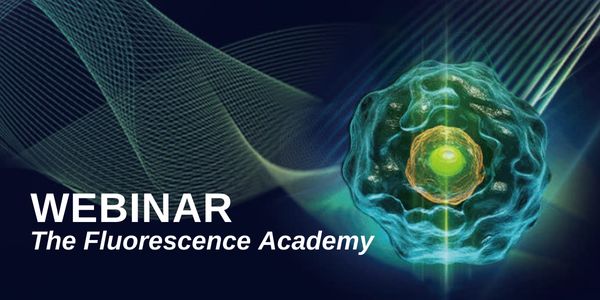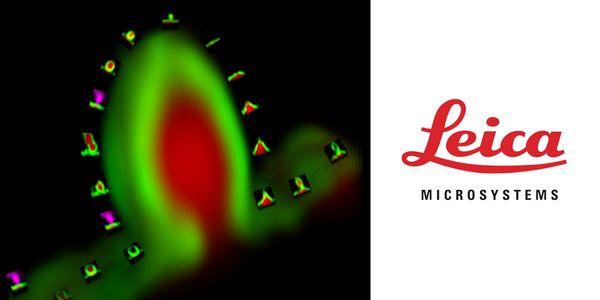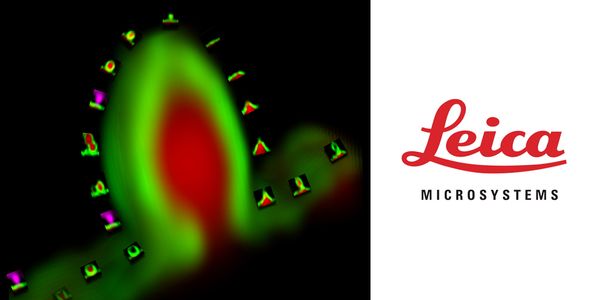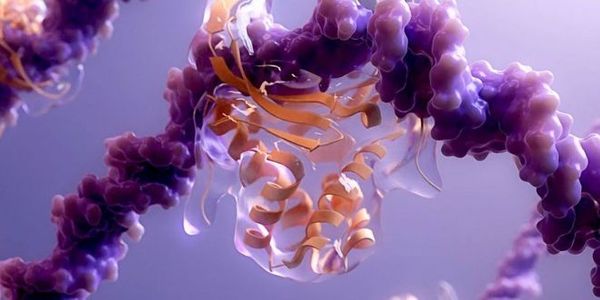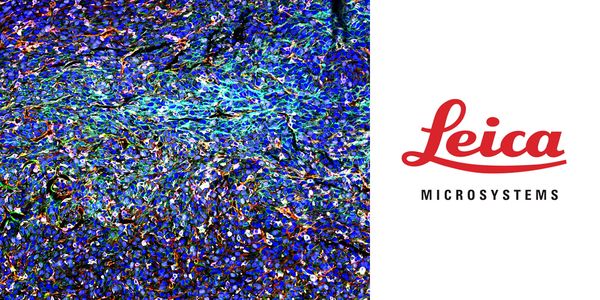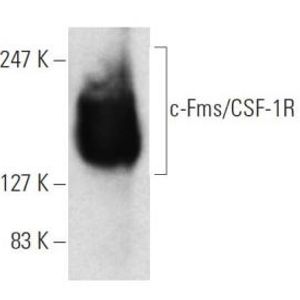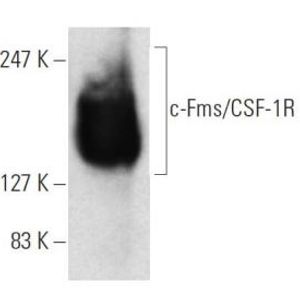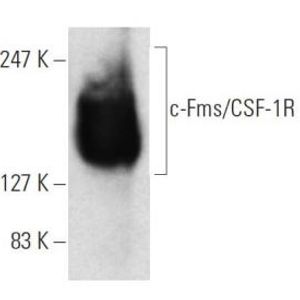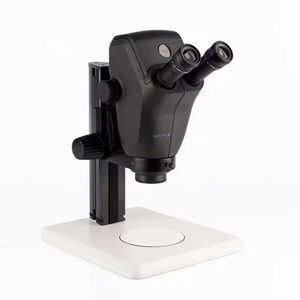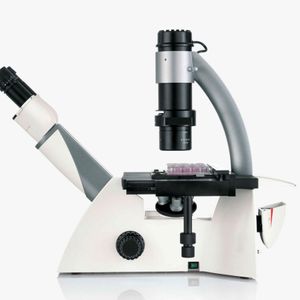Neuroscience Webinars
Learn from the latest webinars about newly released neuroscience research and advances in experimental techniques. Topics include research news in neuroscience, neurology, psychology, brain science and cognitive sciences.
Show More
-
AUG 20, 2024 | 8:00 PMC.E. CREDITSNeural organoids derived from patient-specific iPSC lines can help open doors toward studying human brain development, physiology, and disease progression. The increased cell-cell interacti...
-
AUG 14, 2024 | 11:00 AMMembrane fusion and budding mediate fundamental biological processes like intracellular trafficking, exocytosis, and endocytosis. For many decades, fusion has been thought to open a nanomete...
-
JUN 12, 2024 | 10:00 AMDiscover advanced digital ultramicrotomy tools for fast and accurate automated sectioning and start 3D volume acquisition directly where it matters. In this webinar, we will discuss applicat...
-
JUN 04, 2024 | 9:00 AMMembrane fusion and budding mediate fundamental biological processes like intracellular trafficking, exocytosis, and endocytosis. For many decades, fusion has been thought to open a nanomete...
-
MAY 23, 2024 | 10:00 AMC.E. CREDITSPrecise protein quantification is a crucial step in workflows involving protein extraction, isolation, and analysis. Accurate knowledge of the concentration of your protein sample is essenti...
-
MAY 23, 2024 | 7:00 AMNucleic acid extraction is a fundamental step in unlocking the genetic information contained within biological samples. Isolated nucleic acids are the basis for a multitude of analyses and a...
-
MAY 15, 2024 | 9:00 AMImmunotherapies, including immune checkpoint inhibitors, have emerged as promising treatments for advanced cancers. However, a subset of patients exhibits resistance to such therapies, and t...
-
MAY 14, 2024 | 8:00 AMLatest advancements in limited sample analysis will be presented. The webinar will focus specifically on single-cell proteomics and deep visual proteomics and how latest innovations in mass...
-
MAR 20, 2024 | 8:00 AMDeciphering somatic mosaicism in healthy tissues and clonal diversity in tumors necessitates single-cell analysis. High-quality genomic and transcriptomic data at the single-cell level depen...
-
MAR 12, 2024 | 10:00 AMIn this webinar, we will briefly introduce Vizgen’s Vizgen® MERSCOPE® Platform for spatial transcriptomics. Following this introduction, we will showcase the capabilities of ME...
-
The rapid growth of technologies capable of comprehensively collecting, managing, and allowing us to gain an in-depth picture of the brain, nervous system, and behavior across diverse spatia...
Learning Objectives: 1. Describe language disturbances in schizophrenia and its risk states. 2. Describe face expression disturbances in schizophrenia and its risk states. 3. Describe ethica...
The nervous system of social species has evolved to perceive and evaluate signals within a social context. Social information therefore must impact how the brain processes information, yet l...
Parkinson’s disease (PD) belongs the group of synucleinopathies characterized by progressive aggregation of the neuronal protein alpha-synuclein (asyn). Diagnosis and evidence of disea...
